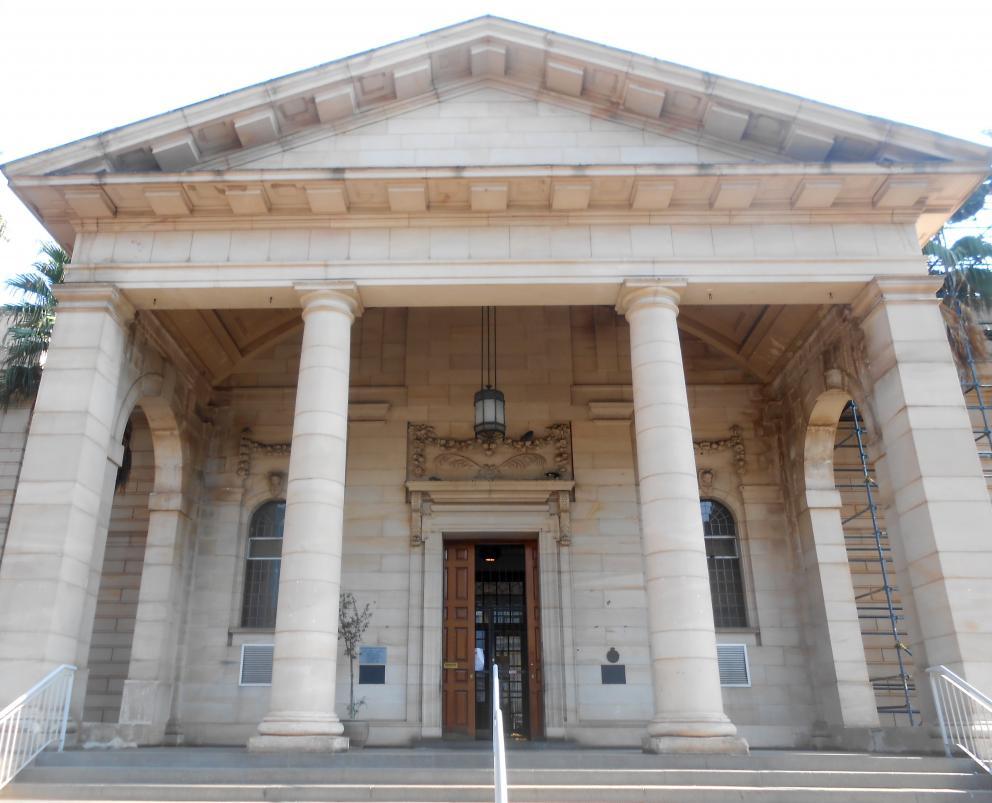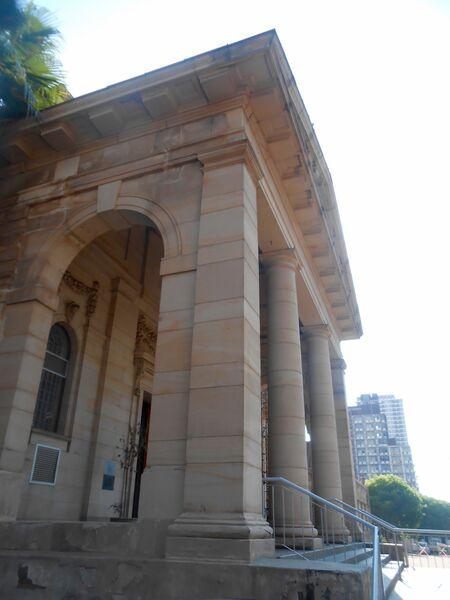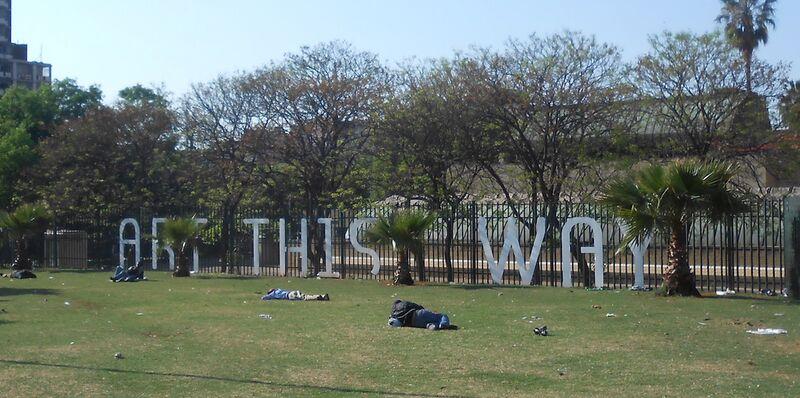
Disclaimer: Any views expressed by individuals and organisations are their own and do not in any way represent the views of The Heritage Portal. If you find any mistakes or historical inaccuracies, please contact the editor.
In 1910, Sir Hugh Lane, famous art collector, philanthropist and dominant figure in the establishment of the Johannesburg Art Gallery penned his thoughts and vision for the new gallery. Below are a few powerful passages.
Johannesburg is rapidly losing the reasons for reproach with which the remainder of South Africa has armed itself against this community, and, by the establishment of a Gallery of Modern Art in the town, removes for ever the stigma that its citizens are concerned with naught else than the massing of fortunes.
It would be Utopian to expect that the presence of four-score or so of the best examples of Modern Art will have the effect of making this new nation artistic, but there can be no doubt of the influence which their presence in the country is likely to have upon its artistic development, and upon the various forms of intellectual activity, which together make up the culture of a nation.
There is something quite unique in the acquisition of such a collection for a community which is only beginning to establish itself and the experiment is one which will be watched by Art-lovers the world over with keen interest. Johannesburg's Gallery in the beginning is an ambitious project to form a representative collection of Modern Art for South Africa.
Johannesburg Art Gallery (The Heritage Portal)
The importance of a Modern Gallery is undoubted, for, to the student actively engaged in Art, it is his contemporaries that teach him most, and their successes that inspire him, since their problems are akin. The South African student enters on his studies with a mind free from pre-conceptions, and coming immediately upon the work of acknowledged masters the result cannot be other than beneficial.
He will approach his work not with the idea of imitation or reproduction, but in order to perfect himself in the power of expression. It is this, and this alone, I feel sure, that has been needed to awake in the young South African the inherited artistic traditions of the Dutch and French nations from which it has partly sprung. It may be recollected that in his Twelth Discourse, Sir Joshua Reynolds remarks: 'The habit of contemplating and brooding over the ideas of great geniuses till you find yourself warmed by the contact is the sure method of an artist-like mind.' Hitherto this has not been possible in South Africa. Before long, however, it will only require his pilgrimage to Johannesburg for the student to find himself in contact with as representative a collection of contemporary work as he is likely to find anywhere in Europe.
The value of a good collection of Old Masters should not be underestimated; but when it is remembered that the money spent on the whole present works would not have been sufficient to acquire a single really valuable example of an Old Master, at the present valuable prices, it will be admitted that the wiser course has been chosen in acquiring the best modern work. We can only hope that some public-spirited owner of a great collection may some day be induced to lend, give or bequeth his collection to the Gallery...
A recent intervention to encourage visitors to Joubert Park to visit the Johannesburg Art Gallery (The Heritage Portal)
The opinions of some of my friends was that only popular pictures would be appreciated here, and that I would find very little interest evinced in the more original and individual work. So far my experience has been that the latter have excited most interest, not so much because of any artistic knowledge, but from approaching the subject without any bias towards one or other of the Schools.
Mrs Lionel Phillips was the first to advance the project by acquiring the three pictures by Wilson Steer, and, with Mr Lionel Phillips is chiefly responsible for the speedy success of the collection. Mr Otto Beit's gift of £10 000 and generous donations from Sir Julius Wernher, Mr Max Michaelis, and Mr Segismund Newmann and subscriptions from Mr F Eckstein, Mr RW Schumacher, Mr Abe Bailey, and others resulted in the acquisition of certain pictures which will be a source of enjoyment and educative influence to this continent for all time.
On the 1st June 1910, the General Purposes committee of the municipal Council of Johannesburg recommended: 'That a sum of £20 000 be voted for the purpose of providing buildings to be used as an Art Gallery.' The Council further agreed to provide a site for the building in Joubert Park; the whole scheme finding an able advocate in Mr HJ Hofmeyr.
His Royal Highness the Duke of Connaught having kindly consented to open the Gallery due to his official visit to South Africa, it was necessary to find temporary accommodation for the pictures and sculpture, and the public-spirited action of the President and Council of the Transvaal University College in permitting them to be housed at the University Buildings at much inconvenience to themselves, will be appreciated. It is to be hoped, therefore, that there will be no delay in the building of the Gallery for their proper reception. When once the pictures are permanently placed in a suitable building, adequately lighted, it will be possible more justly to estimate their merit.
A great deal remains still to be done. There are several important gaps to be filled up before the collection may be considered representative. I hope that it will not be long before the Gallery acquires works by Courbet, Corot, Dauligny, Manet, Renoir, Degas, Israels, Mathew Maris, Whistler, and representative works of the Pre-Raphaelite School, to name but a few that must still be gathered. George Bernard Shaw pointed out that it is the duty of the rich to provide luxuries for the poor; the necessaries of life they are likely to fight for themselves. I trust, therefore, that those who owe their wealth to this country will before long help forward this project, and make it possible to include these in the collection.
An important adjunct to this Gallery should be a collection of portraits of the men and women who are making history in this country. There is a small nucleus so far, and Senator Samuel Marks has given a donation to this end.
I hope that this Gallery will always fulfil the object for which it is intended and that as time goes on the country will benefit by its presence; that the people of South Africa will realise to the full the importance of this national asset...
Hugh Lane
Johannesburg, November 29th, 1910
Comments will load below. If for any reason none appear click here for some troubleshooting tips. If you would like to post a comment and need instructions click here.


